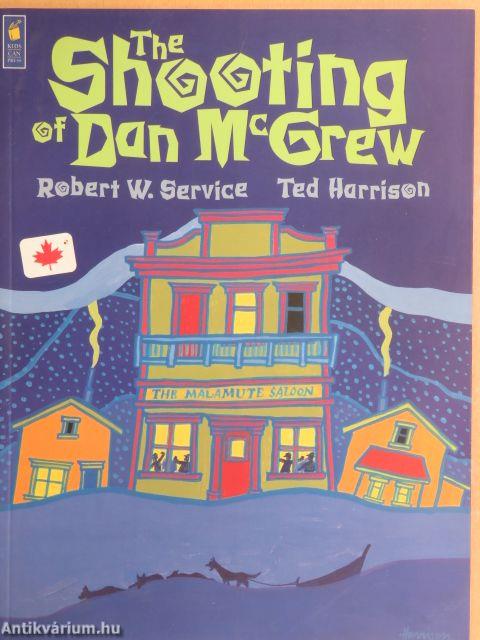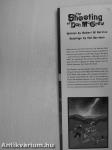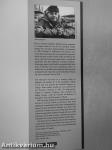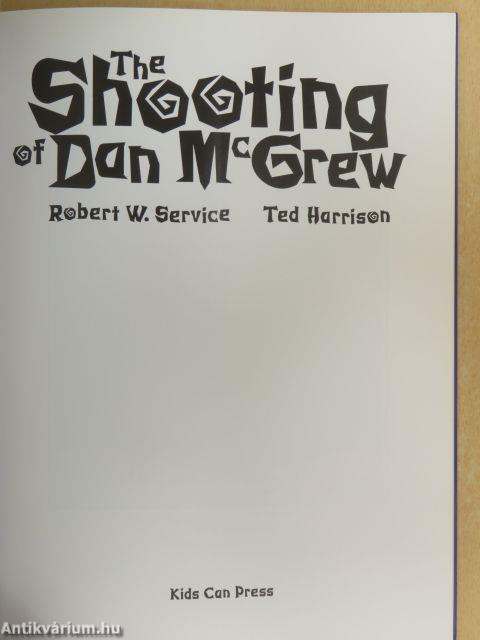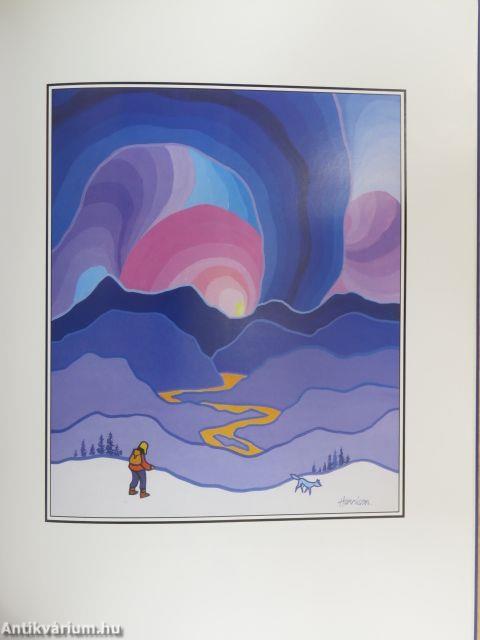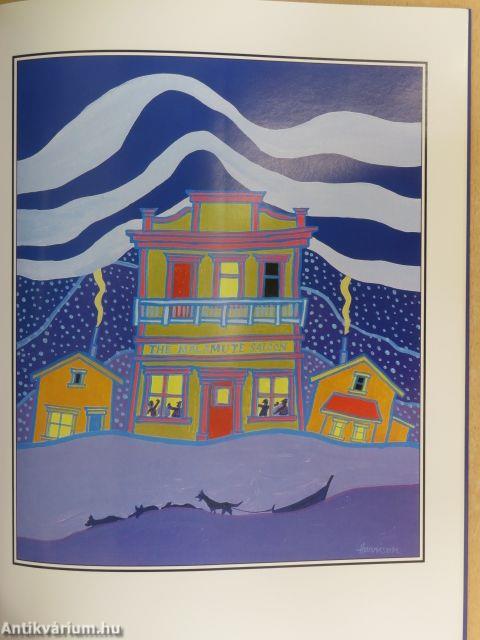1.067.327
kiadvánnyal nyújtjuk Magyarország legnagyobb antikvár könyv-kínálatát

VISSZA
A TETEJÉRE
JAVASLATOKÉszre-
vételek
The Shooting of Dan McGrew
| Kiadó: | Kids Can Press Ltd. |
|---|---|
| Kiadás helye: | Toronto |
| Kiadás éve: | |
| Kötés típusa: | Varrott papírkötés |
| Oldalszám: | 30 oldal |
| Sorozatcím: | |
| Kötetszám: | |
| Nyelv: | Angol |
| Méret: | 31 cm x 23 cm |
| ISBN: | 1-55074-608-1 |
| Megjegyzés: | Színes illusztrációkkal. |
naponta értesítjük a beérkező friss
kiadványokról
naponta értesítjük a beérkező friss
kiadványokról
Fülszöveg
Written by Robert W. Service Paintings by Ted Harris©n
Robert Service arrived in Dawson City after the Gold Rush was over. But the dreams, hopes and greed of the men who moiled for gold still clung to the place - and to Service's imagination. Although not one of them, he understood the romance of their quest for gold and their longing for home, family and the quieter pleasures they had left behind.
Ted Harrison, one of Canada's most vibrant painters, brings the drama of the Malamute Saloon to life. His bold shapes and colours add unexpected tension to an already suspenseful tale. This is the second time Service has inspired Harrison's work. His illustrations of Service's The Cremation of Sam McGee (Kids Can Press) won Harrison praise from The New York Times for "one of the ten best illustrated books of 1987."
TED HARRISON
Bom in Preston, England, Robert Service emigrated to Canada when he was 20. He travelled widely, joining the Canadian Imperial Bank of Commerce in 1905.... Tovább
Fülszöveg
Written by Robert W. Service Paintings by Ted Harris©n
Robert Service arrived in Dawson City after the Gold Rush was over. But the dreams, hopes and greed of the men who moiled for gold still clung to the place - and to Service's imagination. Although not one of them, he understood the romance of their quest for gold and their longing for home, family and the quieter pleasures they had left behind.
Ted Harrison, one of Canada's most vibrant painters, brings the drama of the Malamute Saloon to life. His bold shapes and colours add unexpected tension to an already suspenseful tale. This is the second time Service has inspired Harrison's work. His illustrations of Service's The Cremation of Sam McGee (Kids Can Press) won Harrison praise from The New York Times for "one of the ten best illustrated books of 1987."
TED HARRISON
Bom in Preston, England, Robert Service emigrated to Canada when he was 20. He travelled widely, joining the Canadian Imperial Bank of Commerce in 1905. Postings in Whitehorse and Dawson City in the Yukon gave him the raw material for his poems about the men and the women of the Gold Rush. His three collections of poems earned him a worldwide reputation and the nickname "Canada's Kipling." After eight years in the North, he travelled the Pacific coast of Mexico. He was an ambulance driver in World War I and fled France after the Nazi invasion in World War II. After the war he returned to France. He died in Monte Carlo in 1958.
Ted Harrison was born in a mining village in England. He studied art at the Hartlepool College of Art and was granted the National Diploma in Design. After further studies, he was awarded the Art Teacher's Diploma in 1951. He subsequently taught in England, Malaysia, New Zealand and finally Canada, where he received his Bachelor of Education from the University of Alberta.
Ted's artwork underwent a transformation when he arrived in Carcross, Yukon, in the fall of 1968. From painting in a representational maimer, he simplified his forms and later introduced rhythms and colours that combined to make a new and exdting style. His work is shown regularly throughout Canada and many of his paintings can be seen in major corporate and private collections in Canada, Europe and the United States.
His books have achieved international recognition and received awards of excellence for design and content. In 1987, Ted Harrison was awarded membership in the Order of Canada.
Printed in Hong Kong by Everbest Printing Co. Ltd. Jacket illustration by Ted Harrison Jacket design by Marie Bartholomew
ISBN 1-55074-608-1
(i KIDS CAN PRESS Vissza
Témakörök
- Idegennyelv > Idegennyelvű könyvek > Angol > Szépirodalom > Gyermek- és ifjúsági irodalom > Versek
- Szépirodalom > Versek, eposzok > A szerző származása szerint > Európa > Nagy-Britannia
- Szépirodalom > Gyermek- és ifjúsági irodalom > Idegennyelvű > Angol
- Szépirodalom > Gyermek- és ifjúsági irodalom > Versek > A költő származása szerint > Európa > Nagy-Britannia
- Idegennyelv > Idegennyelvű könyvek > Angol > Szépirodalom > Versek, eposzok > Egyéb



